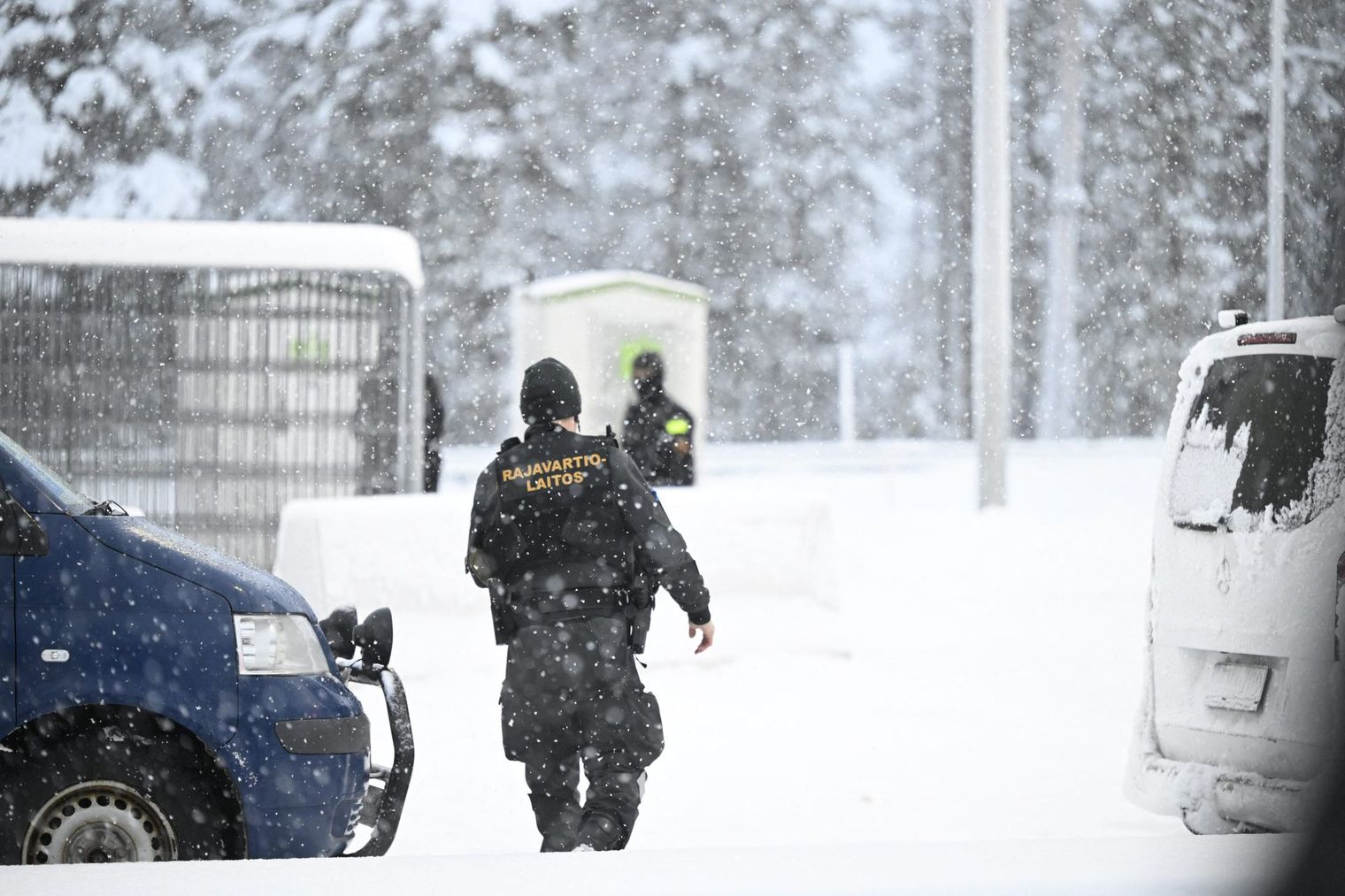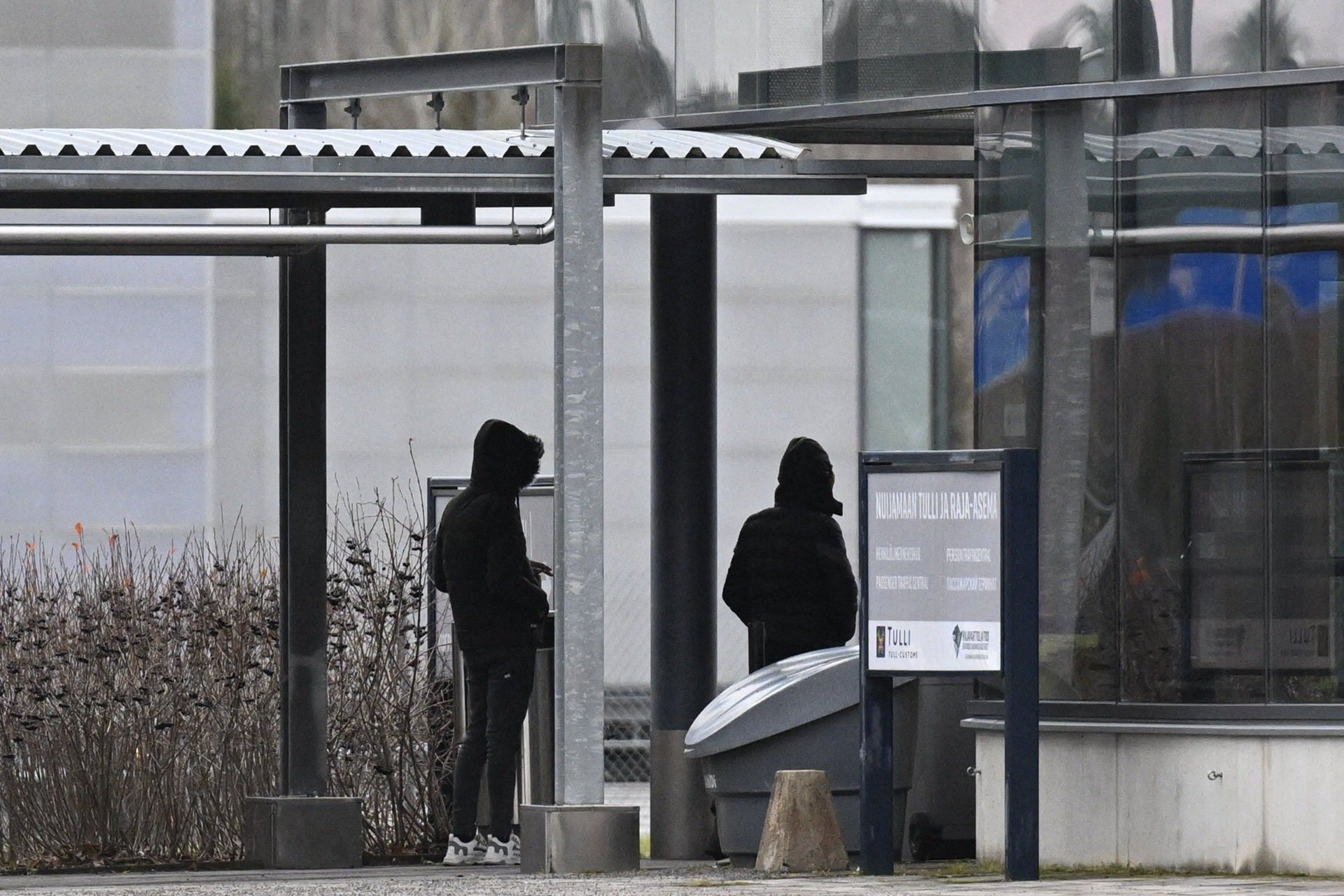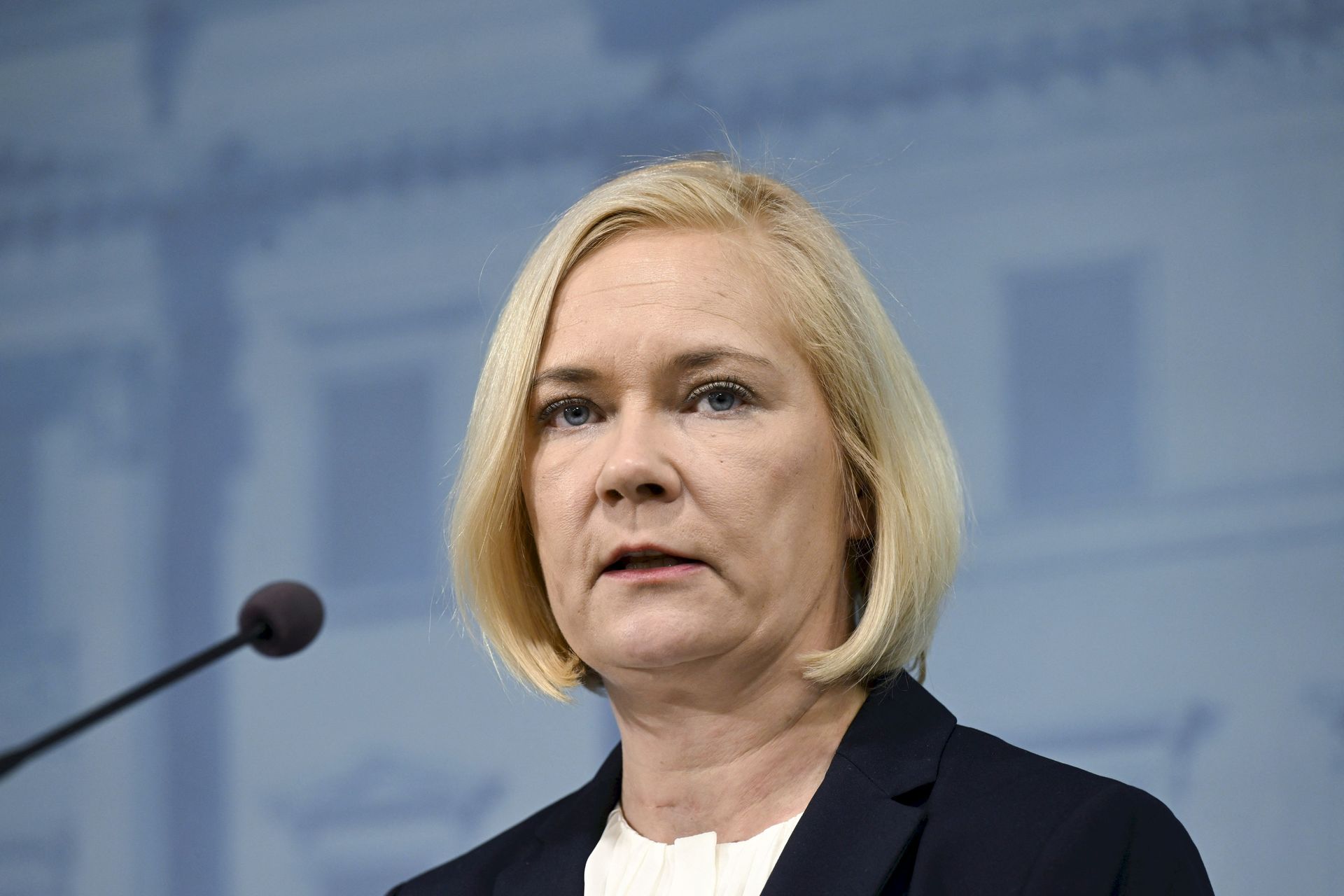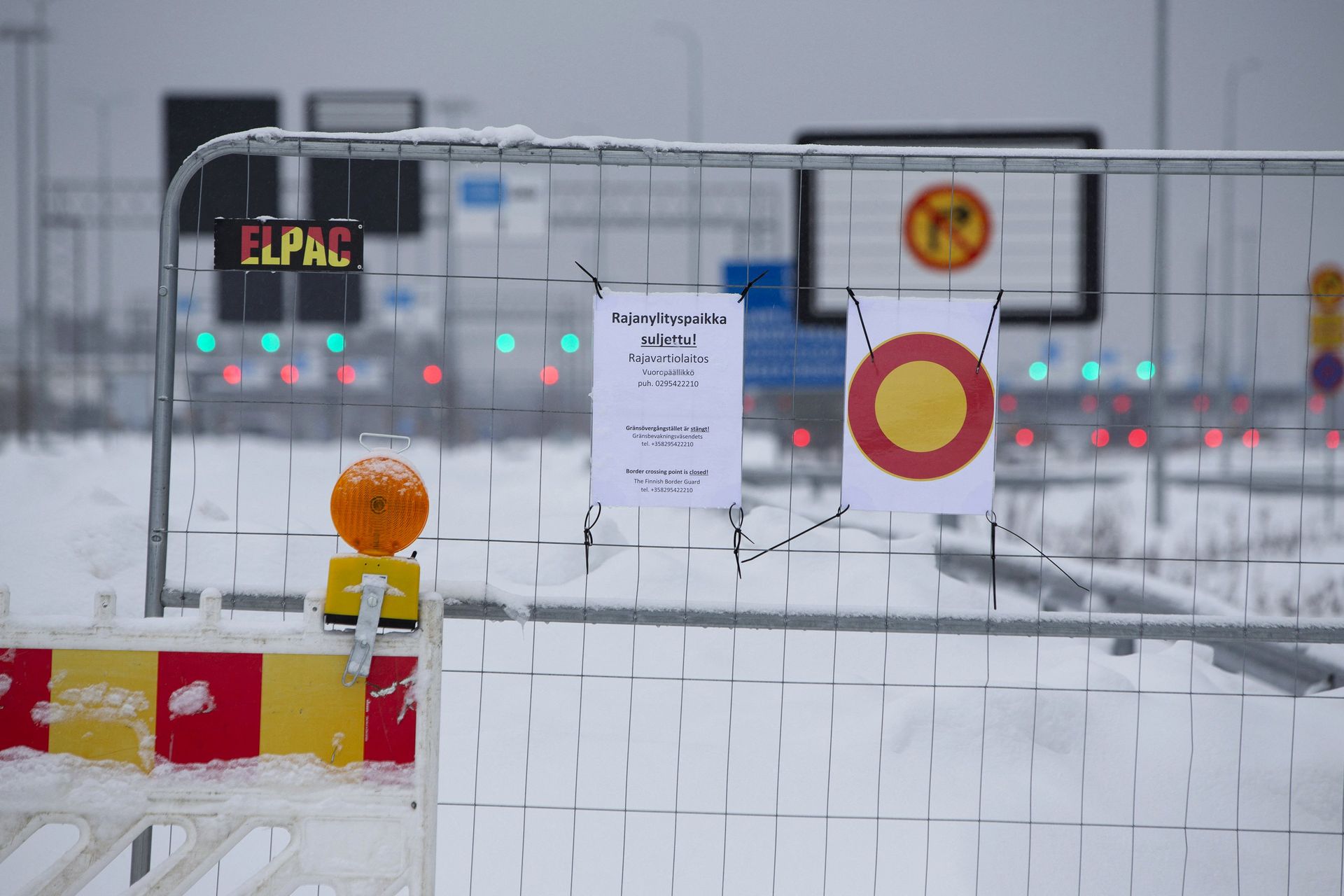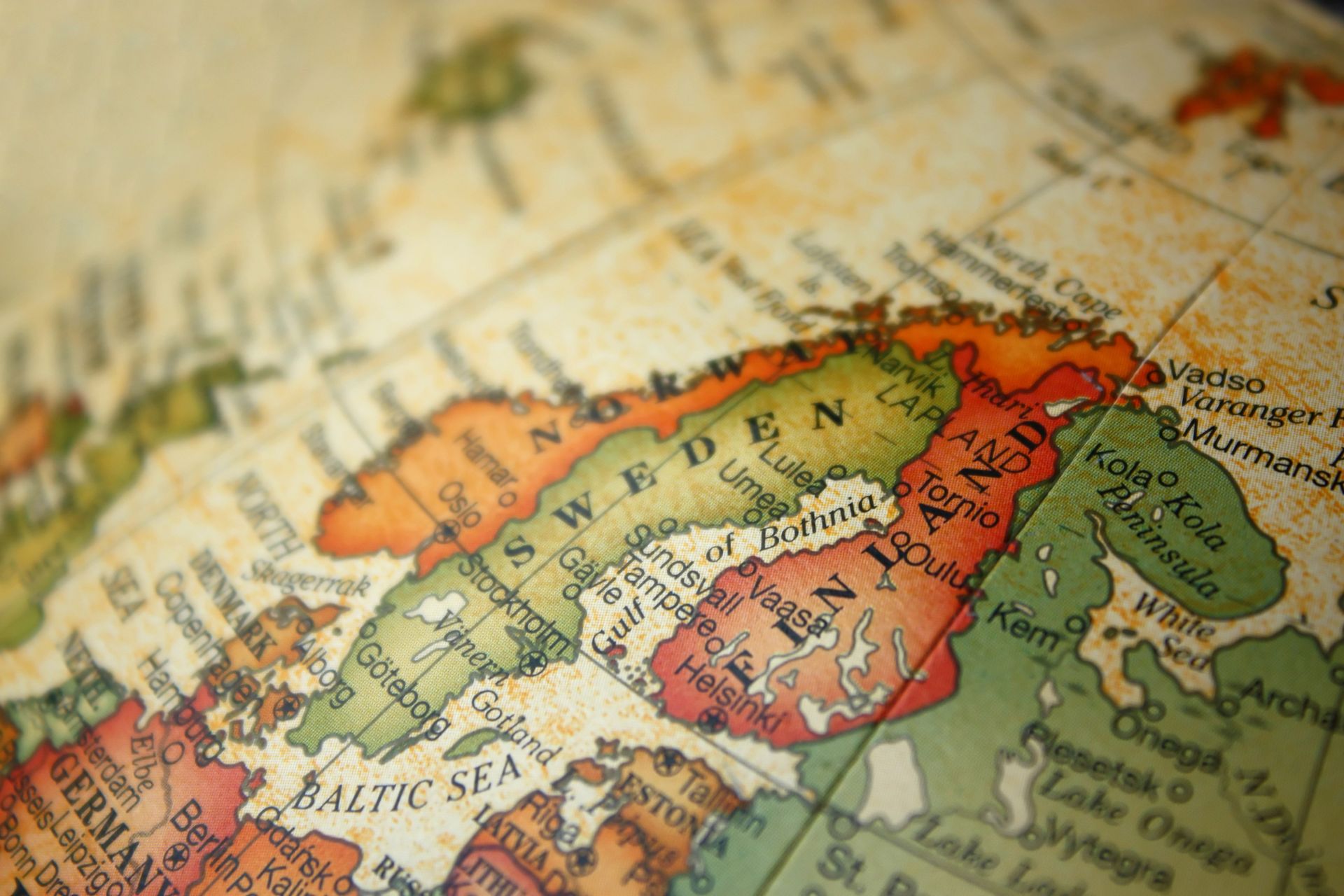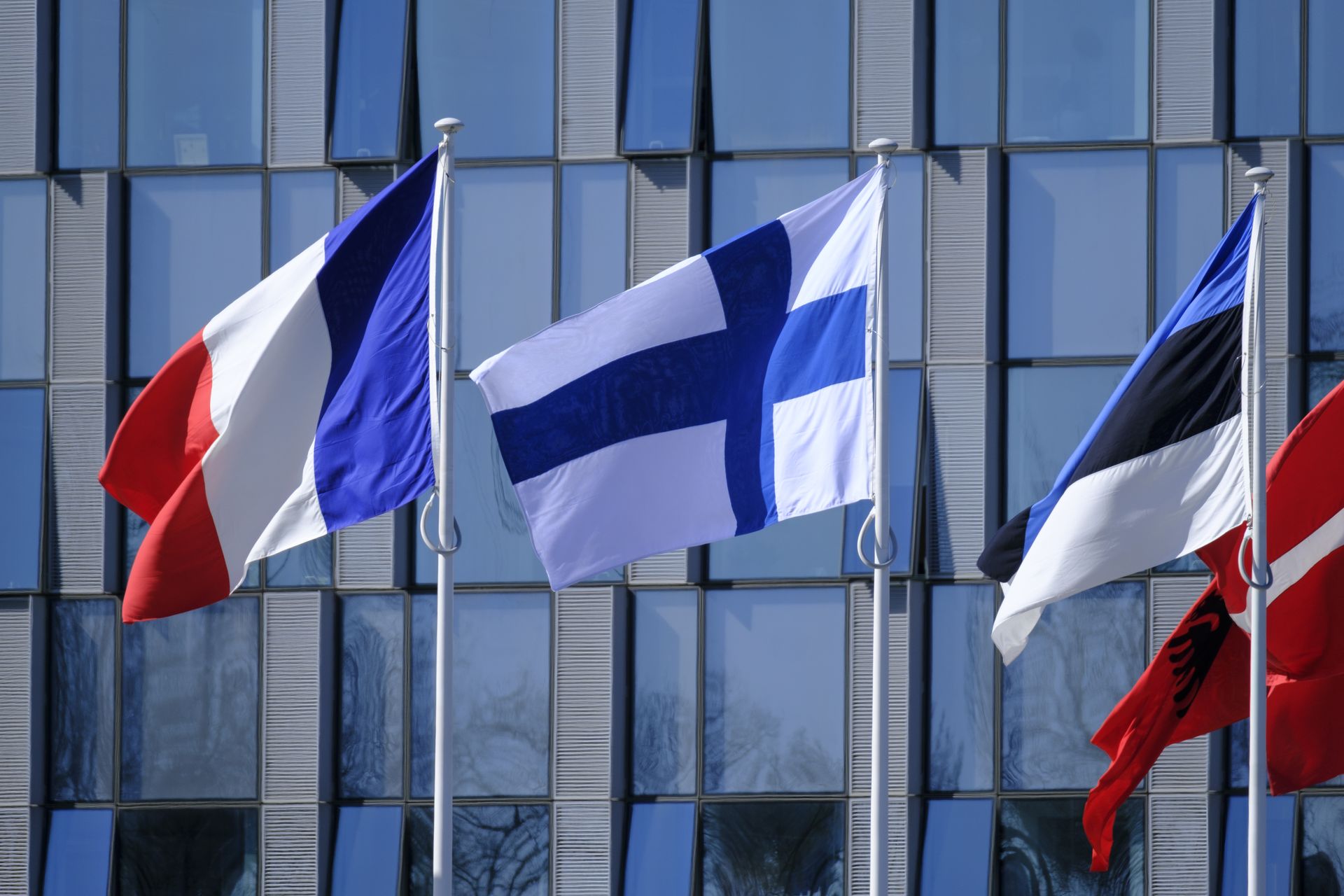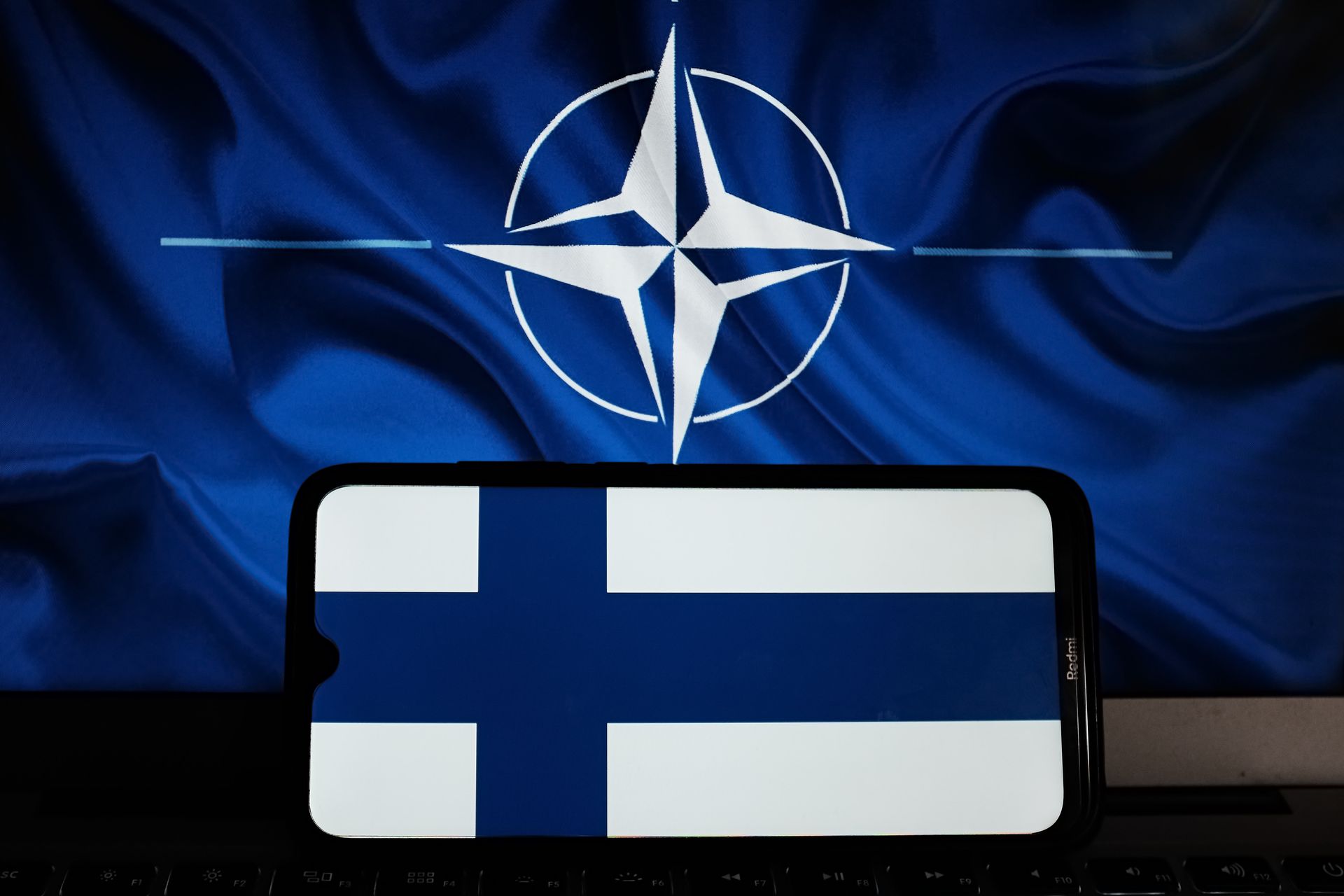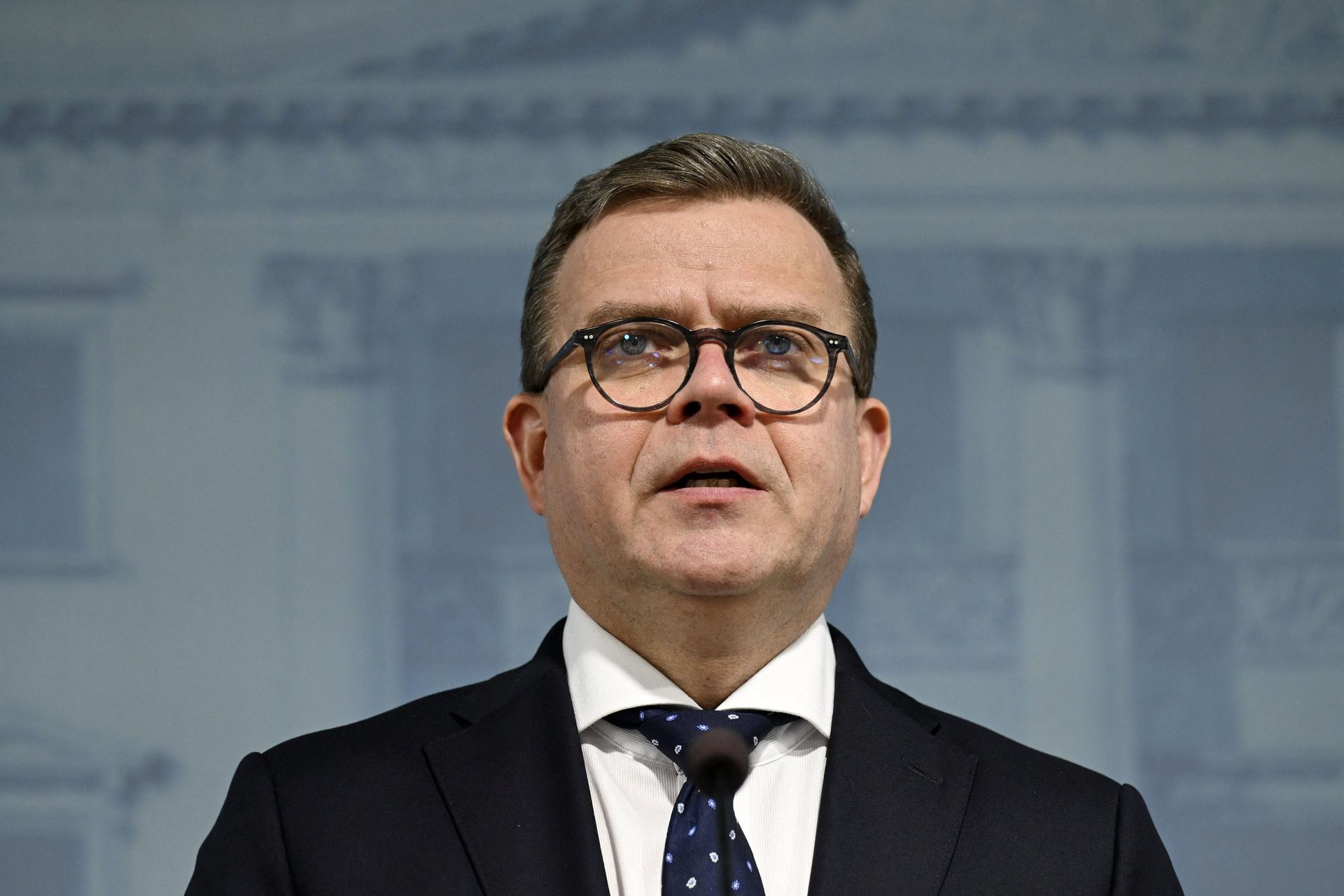Finland faces new challenges, as its closes the last border with Russia
Faced with the influx of migrants from Russia, Finland decided to close its last border crossing with this country on the night of November 29th.
Helsinki accuses Moscow of using these migrants, mainly from Somalia, Iraq or Yemen, to exert pressure on Finland.
"Finland is the target of a Russian hybrid operation. It is a question of national security," said Finnish Interior Minister Mari Rantanen (in the photo), as quoted by 'France 24'.
Having anticipated such operations by its neighbour, Finland began to build a 200-kilometre-long fence on its border, of which only three km have been completed, again according to 'France 24'.
Relations between Russia and Finland are the product of a complex history between Moscow, and this small country stuck on the border of Russia and the West.
From 1100 to 1809, the territory that currently includes Finland belonged to Sweden. After the Napoleonic Wars it was transferred to Russia as the Grand Duchy of Finland.
Pictured: Helsinki Lutheran Cathedral, with a statue of Tsar Alexander II of Russia in front.
The territory remained under the rule of the Russian tsars until 1917, when the Grand Duchy became independent, like several other territories of the empire, amid the Russian Revolution.
Finland therefore only became an independent country in 1917. However, the history between these two countries did not end there.
In the photo: the proclamation of the independence of Finland on Senate Square in Helsinki.
After separating from Russia in 1917, Finland found itself in a bloody civil war between the Whites (backed by the government and the Germans) and the Reds (closer to the Bolsheviks and supported by the Soviet Union). Hostilities ended in May 1918 with a victory for the Whites.
However, the relationship between the two nations did not end in 1917. Russia attacked the country in 1939 in what is known as the Winter War. Finland managed to repel the invasion but had to cede part of its territory to the Soviet Union.
Then came World War II: Finland, along with Nazi Germany, attacked the Soviet Union in 1941 and regained territory lost during the Winter War.
Pictured: Adolf Hitler and Carl Gustaf Emil Mannerheim, leader of the Finnish Armed Forces during World War II.
The USSR, under the leadership of Joseph Stalin, successfully fought back and forced Finland to sign a treaty.
The price Finland had to pay for remaining outside the Soviet-influenced Eastern Bloc after World War II was to cede part of its territory to Russia and promise to remain a neutral and independent country.
Finland and the USSR signed an Agreement on Friendship, Cooperation and Mutual Assistance in 1948. It ensures that Finland will remain a liberal democracy as long as it maintains its neutrality towards the Soviet Union. The main clause of the treaty stated that one could not join a military coalition against the other.
To ensure its survival, Finland kept its distance from the Soviet Union and Western powers during the Cold War. It maintained very cautious relations with Western Europe.
Finland attempted to maintain equal relations with both sides of the Cold War during this period, having parallel economic agreements with the Eastern Bloc and Western powers. This ensured its own neutral position in economic matters.
In the 1960s, the European Free Trade Association (EFTA) was created among several countries that preferred not to join the rival European Economic Community (EEC). Joining EFTA or the EEC was out of the question for Finland due to Soviet opposition.
However, Finland opened up to the West in 1986, joining EFTA while maintaining a neutral position.
Pictured: Finnish President Mauno Koivisto in 1986 with his wife.
The six EFTA members, including Finland, signed an agreement in 1992 with what was then the EEC (now the European Union) establishing the European Economic Area.
This guarantees the “four freedoms” of the European single market: the free movement of goods, services, capital and people. However, Finland maintained its political neutrality.
In 1989, the Berlin Wall fell and the collapse of the Soviet Union followed soon after. Finland then revised the Finno-Soviet treaty of 1948 and replaced it with a new agreement in 1992.
Following the lead of neighboring Sweden and other neutral EFTA countries, Finland applied to join the European Economic Community in 1992.
It was at this time that Finland redefined its “neutrality” to mean “military non-alignment”. As a non-aligned country, Finland can have military cooperation with other nations but excludes itself in matters of mutual defense.
The EEC feared that neutral countries would weaken the proposed Common Foreign and Security Policy (CFSP) and gave considerable thought to Finland's application for membership.
Finland declared to the EEC (later EU) its willingness to implement the CFSP, while reassuring its country that it was possible to follow these policies while maintaining its military non-alignment.
The country became a member of the European Union in 1995. With Sweden, it proposed including Petersburg's military disarmament and peacekeeping missions in the Treaty of Amsterdam, the basis of the country's common E.U. security policy.
The move was also a way to prevent the possible merger between the Western European Union and the European Union that many EU members have proposed, and non-aligned members have tried to avoid.
During Finland's first term as President of the Council of the European Union, the plan to form a single EU army, known as the Helsinki Headline Objective, was discussed.
Finland contributed 2,000 men, but with some reservations: they could only be used for crisis management and showed a preference for civilian rather than military resources.
Pictured: Finnish soldiers as part of a UN peacekeeping mission in Lebanon in 2001.
For Finland, the relationship between Russia and the European Union is fundamental. This is why it played an active role in drafting the EU's common strategy for Russia. It supports NATO's role in Northern Europe but does not accept the enlargement of the alliance towards the Baltic countries.
Finland, along with Austria, Ireland and Sweden, proposed changes to EU security policy which were rejected by the presidency. A commitment is made to accommodate different political positions on security, allowing Finland to remain neutral within the EU.
Finland's non-alignment has been flexible enough not to pose a problem for European politics.
Pictured: Finnish President Tarja Halonen with United Nations Secretary-General Kofi Annan.
Experts believed that the situation would change in 2003. However, the publication of "EU Defense: The White Book" in 2004 maintains Finland's neutral status, although it highlights the need for common EU policies and hints the possibility of joining NATO.
Pictured: NATO Secretary General Anders Fogh Rasmussen with Finnish President Tarja Halonen.
Everything obviously changed after Russia's invasion of Ukraine in February 2022. The prospect of Finland joining NATO suddenly became relevant again.
Pictured: NATO Secretary General Jens Stoltenberg with Finnish President Sauli Niinistö.
Despite its policy of neutrality, Finland immediately helped Kyiv against the Russian aggressor. A first step towards the country's membership in NATO?
Former Finnish Prime Minister Sanna Marin had rightly declared that her country's neutrality vis-à-vis NATO was “about to change”. This obviously did not please the Kremlin.
“Finland’s entry into NATO will have serious military and political repercussions,” Maria Zakharova, information director of the Ministry of Foreign Affairs of the Russian Federation, said in February 2022.
Overcoming Russian threats, Finland joined NATO on April 4, 2023, becoming its 31st member state.
This accession marked both the definitive end of Finnish neutrality, a diplomatic setback for Russia and the strengthening of NATO which is now present all around the Baltic Sea.
Recent news has shown that Russia has not given up its influence in Finland. Will the two countries ever end their old conflict?
Pictured: Finnish Prime Minister Petteri Orpo at a press conference on November 28, 2023.
More for you
Top Stories



